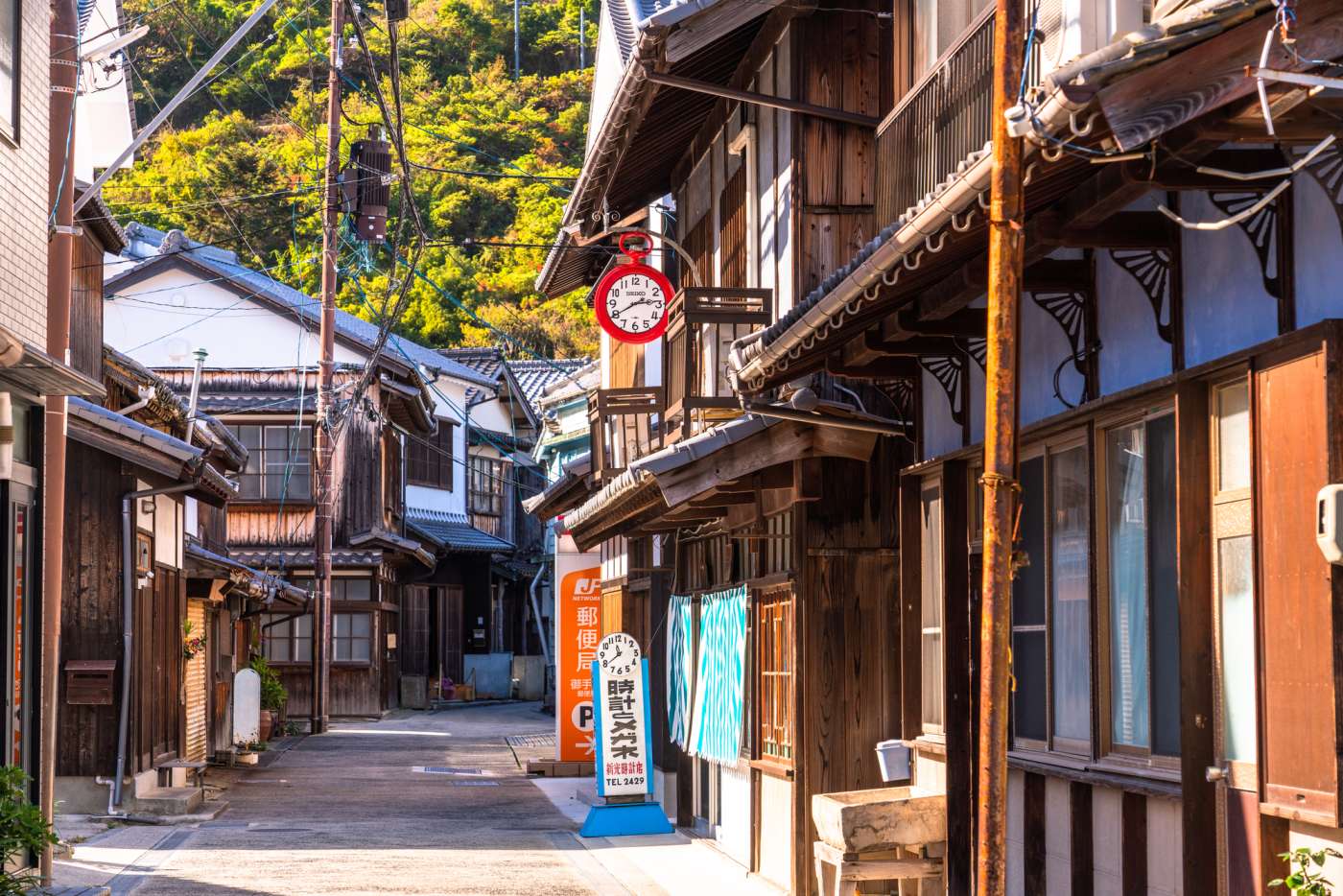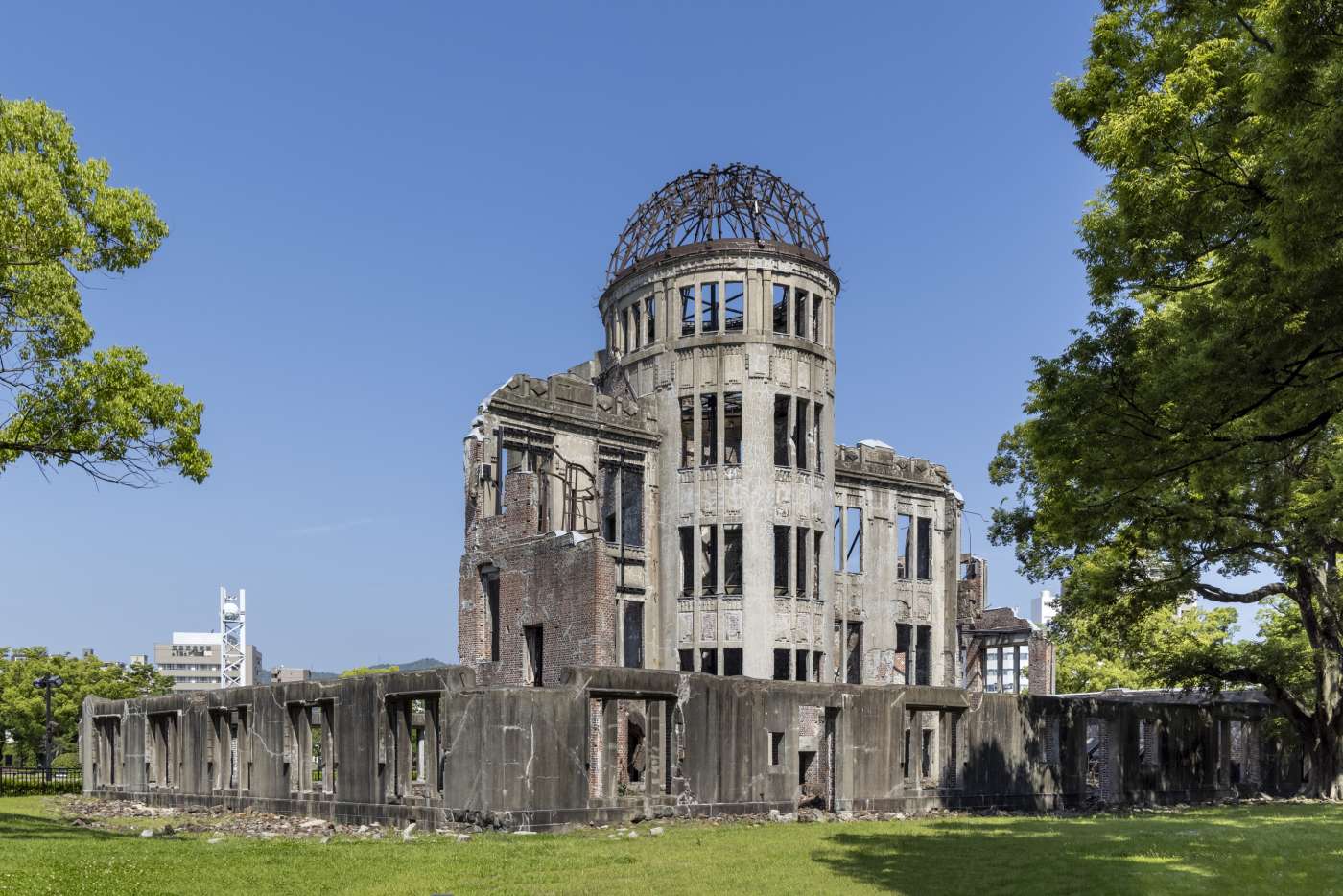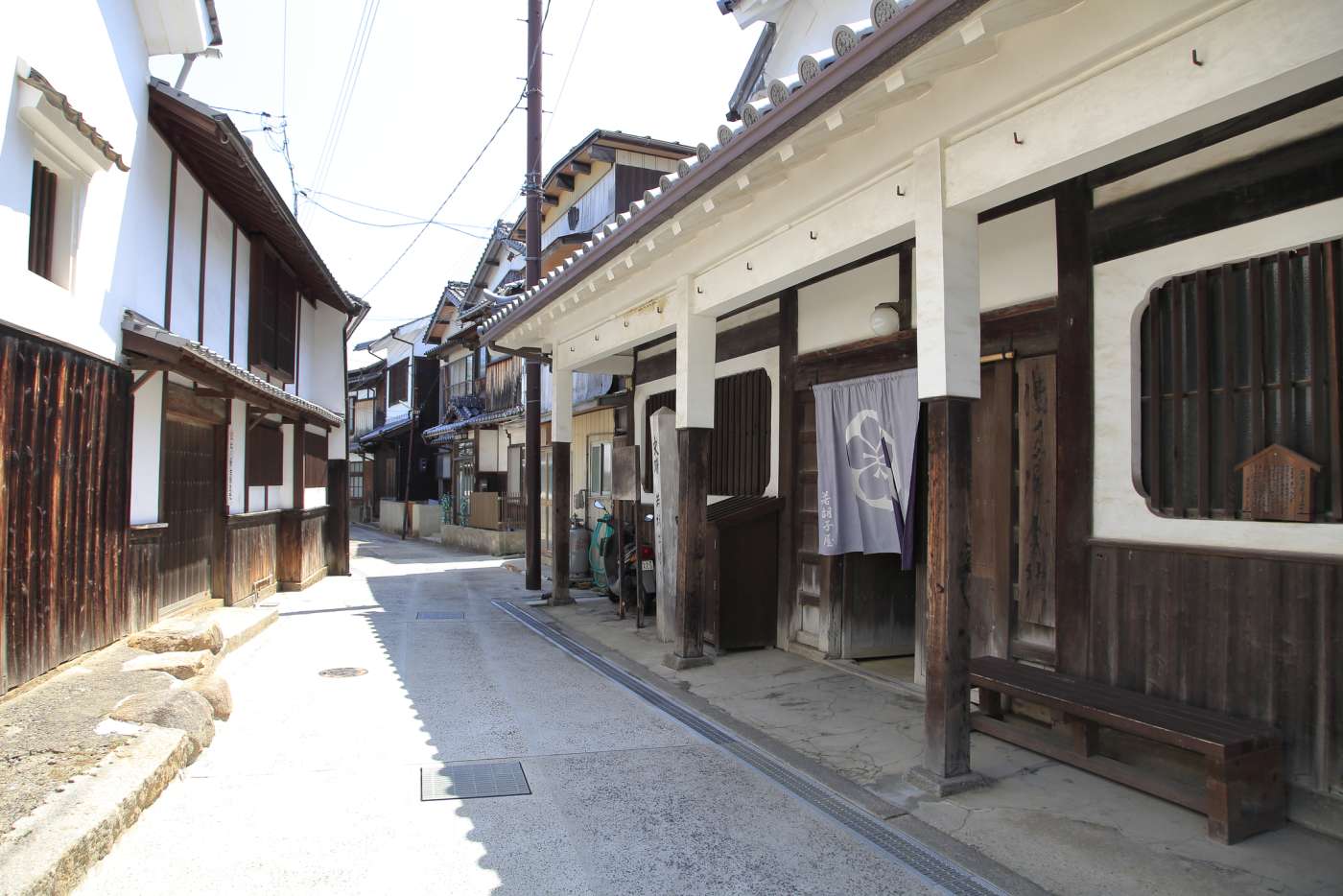
Want to make your next trip to Japan more meaningful? Hiroshima is the perfect place to be inspired. Hiroshima’s history is its drive for a better future in more ways than one.
The power and purpose of meaningful tourism
For people wanting more than just a holiday from their travel experiences, Hiroshima Prefecture is the perfect place to get it. Meaningful tourism is different for everyone, but you can achieve it by remembering its three tenets:
Integration: involve yourself with the community as much as possible. Eat and drink local food with local people and find out ways to communicate. Each area boasts its own specialties and traditions that locals love to show off.
Responsibility: minimize your negative impact and bring as much positive impact as possible to every place you go. Environmental concern is a high priority throughout Japan, and by going to protected areas such as Sandankyo Gorge, you’re helping make sure those efforts continue.
Growth: one important aspect of traveling is the stories we live. You can then tell these stories to others and inspire them to travel and grow as well. There are many places in Hiroshima that aim to preserve the past and brighten the future, enriching your travel experiences.

There are plenty of meaningful things to do in Hiroshima Prefecture besides hanging out in the city area.
Going beyond the classic Hiroshima itinerary
If you’ve ever been to Hiroshima City, you’ve probably visited Hiroshima’s Castle of Carp, taken a ferry to see Itsukushima Shrine and its Otorii gate, and appreciated the many sites dedicated to continued peace, including the Atomic Bomb Dome, Peace Memorial Park and Hiroshima Peace Memorial Museum. A restored tram that survived the atomic bomb blast, A-Bombed Tram 653, even tours the city with such a video presentation. These sites do a wonderful job of showcasing its past and demonstrating why Hiroshima values peace and the future so much. In fact, the 49th G7 Summit was held in Hiroshima City to demonstrate a commitment to peace.
But now it’s time to discover the delights of the wider Hiroshima Prefecture, what the communities there have to offer and what you can give back. With longstanding cultural significance and serious dedication to environmental protection, Mitarai, Kousanji Temple and Sandankyo Gorge are three worthwhile, meaningful day trips in Hiroshima that contribute to responsible tourism.

The Atomic Bomb Dome was one of the only buildings left standing after the a-bomb hit. It remains in the same condition today to serve as a reminder.
Photo Credit: Atomic Bomb Dome (Hiroshima City)
Kousanji Temple: A serene oasis of art and nature
A breathtaking homage to filial devotion, Kousanji Temple was founded in 1936 by industrialist Kozo Kosanji in honor of his mother. Make your way out to Ikuchijima Island, one of many in the Seto Inland Sea, to see the temple complex that took 30 years to construct.
While unique in its craftsmanship, a keen observer will notice that some of the buildings look familiar as they took inspiration from other famous temple buildings such as the Yomeimon Gate in Nikko and the Phoenix Hall of Byodo-in Temple in Kyoto.

Kousanji was modeled after famous Japanese religious structures.
Photo credit: Kousanji
However, the temple’s The Hill of Hope is truly unique – it covers 5,000 square meters and uses 3,000 tons of marble sourced from Italy. Famed environmental sculptor Itto Kuetani filled it with large and small monuments similar to ancient Greek and Italian sanctuaries that harmonize with nature and represent peace and hope for the future.

The Hill of Hope is a marvel that symbolizes hope for the future.
Photo Credit: Kousanji Museum
Discover the hidden charms of Mitarai
For a trip back in time to Japan’s Edo era (17th century to mid-19th century), there is no place better than the former boat hub of Mitarai. Mitarai’s harbor once offered shelter while boats waited for tides and winds to turn, but after the popularization of steam powered boats, its location allowed it to escape most 20th century development. Now, you can wander the near perfectly preserved streets to one of Japan’s oldest clock shops, a former ship builder’s shop and one of the many teahouses.
Mitarai is one of five islands connected by a series of scenic bridges, so it’s also an ideal stop for touring cyclists to take a break and sample the local cuisine. You can easily walk around making your own discoveries, but guided tours are available and give you a better understanding of how the town’s significance in history.

Mitarai was an important port town where marine travelers stayed to wait for favorable tides and winds.
Sandankyo Gorge: Nature’s masterpiece carved in stone
Photographer Kuma Nanpo first discovered the beauty of Sandankyo Gorge in 1917 and was so entranced by its natural beauty that he made it his mission to preserve it forever. Once the area was designated a Place of Scenic Beauty, he worked on making trails through the gorge that interfered with nature as little as possible.

Sandankyo Gorge is considered one of the Special Valleys of Scenic Beauty in Japan.
The trails Nanpo and the local residents made are still being used, and today you can walk past 100-meter-high sheer rock faces and several waterfalls on hikes of varying difficulties and lengths. Hiking isn’t the only way to experience Sandankyo Gorge though, you can rent boats or kayaks and take it all in from its immaculate waters.

Experience the wonder of Sandankyo Gorge from the water.
Thanks to the efforts of the community, the fact that environmental impact on Sandankyo Gorge has been carefully taken care of for so long is truly inspiring, leading you to wonder what you can do to protect natural scenes closer to home.
-
About the author
Author: Ashleigh Leyshon
Profile: A world traveler, Ashleigh has lived and worked across the globe including Australia, Ukraine, the UK and Japan. She’s always keen to go on new adventures, often with her cat Sova in tow.





















































